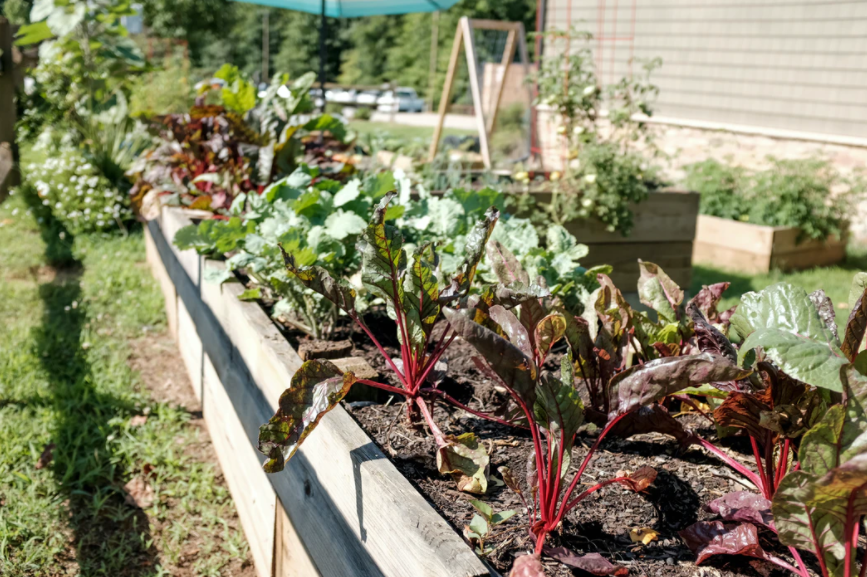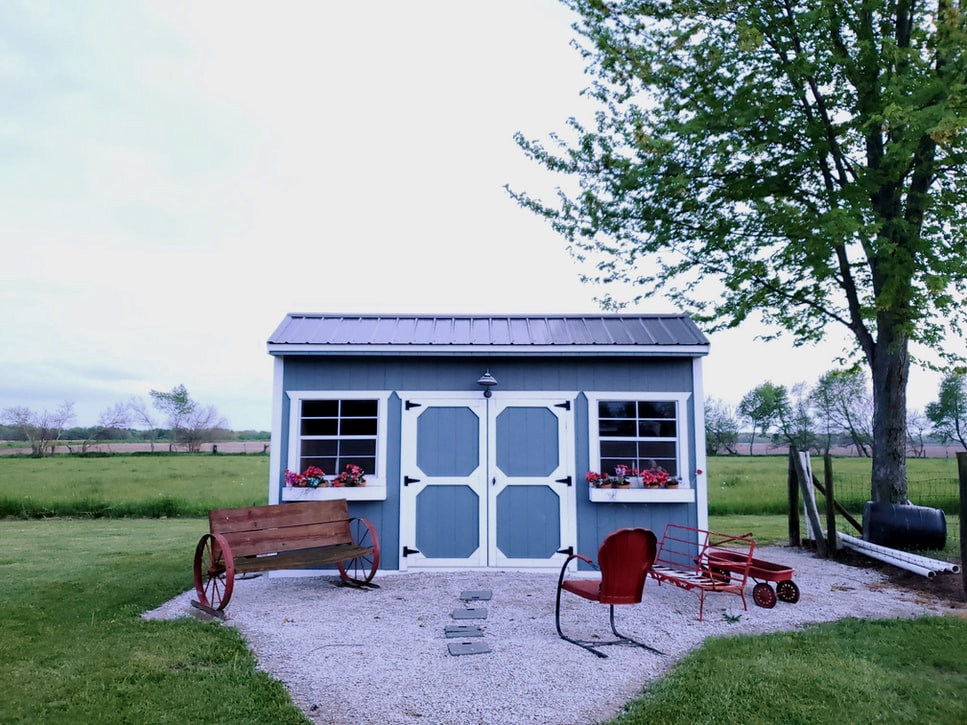10 Great Ways to Reduce Your Carbon Footprint

Take care of the plant and reduce your carbon footprint, here’s how!
Our carbon footprint is the total amount of greenhouse gases, such as carbon dioxide and methane, that we generate when living our day-to-day lives. Researchers have stated that the average carbon footprint per person in the world is 4 tons, and we must drop this figure to under 2 tons by 2050 if we want to avoid global temperatures rising by 2 degrees Celsius. Here are 10 ways you can reduce your carbon footprint.
Insulate Your Home
Installing good quality insulation in the roof and walls of our home will help reduce carbon emissions. Thick insulation will stop heat from escaping from your home and prevent cold air from entering. Not only does insulation keep your home at an ambient temperature, but it saves you money on your heating and cooling bills every year.
Switch Your Heating
Heating your home can significantly impact the environment, especially if you live in a cold climate, as running a heating system uses a large amount of fuel. To reduce carbon emissions, it makes sense to install a ground or air source heat pump. These systems use the heat from the earth or surrounding air as a fuel source rather than using gas or oil. Heat pumps can reduce greenhouse emissions by up to 60%.
Get Solar Panels
Solar panels are commonly made from silicon cells which act as a conductor for the sun’s rays. When light shines on the panels, a flow of electricity is created. Heating and hot water systems that run on solar power are cheaper than those that run on gas or electricity because the energy from the sun is unlimited and free. Solar panels require very little maintenance and have little or no impact on the environment.
Seal Draughts
The fewer gaps or holes in your property, the better as heat can escape through the smallest cavity. Seal up cracks around doors, windows, and skirting boards with silicone sealant or bristle draught excluders. Install double or triple glazed, energy-efficient windows and doors.
Recycle
Thousands of tons of waste materials end up in landfills every year. We can reduce our carbon footprint by recycling everything we possibly can. Follow instructions on plastic packaging that tells you whether or not it can be recycled. Your local council will provide bins to separate recyclable materials such as paper, plastic, glass, and aluminum. Follow council guidelines and do not mix your recyclables. Clean the vessels of debris and flatten boxes, cans, and cartons so that they are easier to store and transport.
Avoid Waste
Live within your means and do not buy more products than you will use, especially when it comes to food. It takes energy and water to grow, harvest, package, and transport food, and if we continually waste food, all of this energy goes to waste. Wasted food ends up in landfills where it rots and produces a greenhouse gas known as methane. After carbon dioxide, methane is the second most abundant greenhouse gas. It is crucial that we reduce methane emissions as it is responsible for at least 25% of the warming of the planet’s climate. Eat sensibly sized meals and if you do have leftovers, make sure you consume them at a later date.
Eat Organic or Go Vegan
Meat and dairy production is responsible for one-quarter of all greenhouse gas emissions. According to a report by Oxford University research associates in the Proceedings of National Academy of Sciences (PNAS), the world’s food-related emissions would drop by 70% by 2050 if everyone in the world adopted a vegan lifestyle. The energy used to grow, feed, water, harvest, package, and transport meat and dairy products is the issue. If you buy local produce, you are not only supporting your local community but reducing transport costs. A vegan diet can also be good for your health as a diet consisting of a high percentage of animal products has been linked to various illnesses such as cancer.
Think About Transportation
Transportation has a massive detrimental effect on the environment. Vehicles that burn petroleum for energy give off nitrous oxides and particulates, damaging the ozone and increasing global warming. Electric vehicles are the way of the future, and soon it will be the law that all cars be powered by electricity. You can do your bit by walking or cycling as much as possible and avoid using your vehicle for short journeys. Car sharing with friends and colleagues will help, as will taking public transport or investing in an electrically powered car.
Wear the Right Clothes
When clothes manufactured from manufactured fabrics such as nylon, Lycra, and polyester are washed, they shed fibers. These fibers travel into aquatic environments through our water waste system and are ingested by marine species. Try to buy clothes made from bamboo or cotton and only buy what you need – do not become a slave to fashion and overfill your wardrobe. Wash your garments by hand or using a washing machine with a good energy efficiency rating. Use cool water as most of the energy used by a washing machine is apportioned to heating up water. Experts recommended that you use a 30-degree cycle. Dry your clothes without the use of a tumble dryer when possible by hanging them on clothes dryers in the house or on a clothesline in your garden.
Smart Packaging
Grocery stores are doing their bit for the environment by increasing charges for plastic carrier bags and offering customers paper bags or reusable shopping bags. You can help by ensuring you take a reusable bag with you whenever you shop. Alternatively, you can carry a storage box with you and load it up with groceries. Instead of packaging loose fruit and vegetables in plastic bags, buy a reusable fresh produce bag. Try to avoid buying products with lots of packaging, or at least ensure every part of it is widely recycled.
When packaging gifts, use recycled paper or cotton bags. Reuse gift wrap and gift bags that have been given to you.
Think about everything you do and the impact it could have on the environment and the future of our planet.







